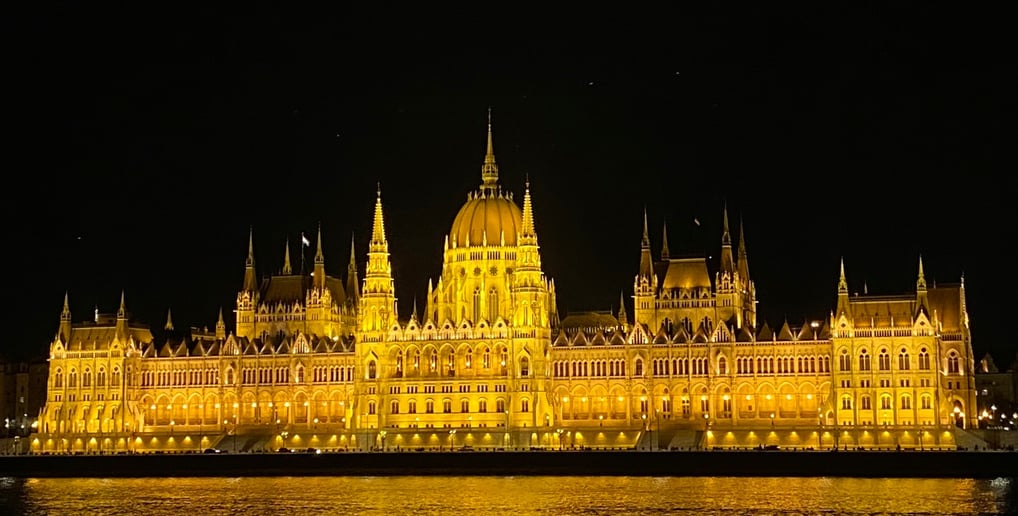Hungary
A landlocked country in central Europe with stunning architecture, thermal spas, folk art and rural culture.


Capital: Budapest
Currency: Hungarian Forint (HUF)
Official Language: Hungarian
Our Travel Posts
Brief History of Hungary:
In the 5th century, the Magyar tribes (nomadic people) left the area of Urals (Russian mountain range), wandering for hundreds of year until they reached the Carpathian Basin in 896 and settled in. The Carpathian Basin is a large basin in Central Europe, centered on the country of Hungary, but it also extends to Ukraine, Romania, Serbia, Croatia, Slovakia, Slovenia, and Austria.
King Stephen of the Árpád dynasty ruled this region. He adopted Christianity as the official religion of Hungary, for which he is revered as a saint. Stephen's kingdom would last for around 500 years, and play a significant role in the historic conflicts between the Habsburgs and the Ottoman Empire.
In 1241, Mongolian Tatars devastated the country. Their presence, which lasted a year, halted development for at least a century, taking a toll on atleast half of Hungary's population!
Between 1342-1382, Hungary would experience a great period when the reign of Louis I the Great touched the Baltic, Black sea and Mediterranean. In 1389, war broke out with the Ottomans.
The conflict was somewhat managed through the reign of Matthias Corvinus, who also checked Habsburg encroachment on Hungarian sovereignty by occupying Vienna. Under his rule, Hungary would experience significant economic and cultural growth partly due to top-down policies, as well as changing market forces across Europe.
After his death, the Turks under the leadership of Sultan, Suleiman the Magnificent, smashed the Hungarian army in 1526, after which the country was fragmented. Western and Northern Hungary accepted the Habsburg rule to escape Turkish occupation, and Transylvania became independent under Hungarian princes.
Until the 1700s, the region would experience regular fighting between the different powers looking to recapture the Carpathian Basin. Hungary saw a great deal of cultural growth and change during this time period- developments in poetry, folk dance, and craftsmanship all contributed to a Hungarian identity. After the end of conflict with Turks, the Hungarians compromised with the Habsburgs and the Austro-Hungarian Monarchy was established in 1867 with Vienna and Pest-Buda as centres.
In World war 1, Austro-Hungarian monarchy were allies with Germany. After the loss, the monarchy disintegrated. Postwar, Hungary 's area was reduced by two thirds and the population by one third according to Trianon Treaty.
In World War II, Hungary allied with Germany. Germany occupied the country for the remainder of the war and set up a puppet government- Arrow Cross Party. Hungarian Jews and Gypsies were sent to death camps. The German regime was driven out by the Soviets in 1944–1945.
In 1948, with the support of Soviet troops, the Communist party seized control over Hungary. For the next 40+ years, Soviet troops and tanks suppressed many revolution, uprisings and retaliations against the communist regime. Industry was nationalized, the land collectivized into state farms, and the opposition terrorized by the secret police.
In 1990, the Communist party voluntarily gave up its autocracy. A multi-party parliamentary democracy came into being in the country.
References:
https://en.wikipedia.org/wiki/Hungary
https://www.budapest.com/hungary/about_hungary/hungarian_history.en.html
https://www.infoplease.com/countries/hungary/news-and-current-events


